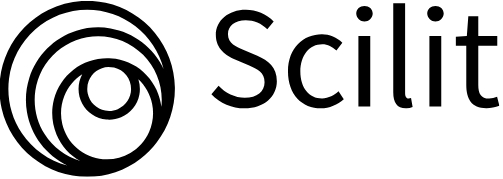Performance Evaluation of Food-Processing Wastewater Treatment Facility in a Small-Scale Sanjai Industry
DOI:
https://doi.org/10.26555/chemica.v12i1.214Keywords:
Food-wastewater, Removal efficiency, Trickling filter, Wastewater treatmentAbstract
Payakumbuh, Indonesia is known as a popular city for cassava chips called sanjai. A small-scale sanjai industry produces 1.5 tons/day and discharges wastewater of 3,300 L/day. The wastewater treatment facility was established for sanjai industry by designing a trickling filter as the main unit treatment. An attached growth process and fixed-medium working principle were applied to treat the wastewater. This study evaluated the performance of a small wastewater treatment facility by examining the pH, chemical oxygen demand (COD), biological oxygen demand (BOD), and total coliform. Data was observed for 145 days, and the COD and BOD of the influent were 2,504 and 1,587 mg/L. Collectively, the wastewater facility in a sanjai industry was acceptable with COD, BOD, and total coliform removal at 65%, 79%, and 87%. The results of BOD and COD removal demonstrated that microorganisms developed in the trickling filter were able to remove organic compounds at pH values of 5–7. The trickling filters demonstrate an efficient technology that can be implemented in small-scale food industries for effective and sustainable wastewater management
Downloads
Published
How to Cite
Issue
Section
License
Copyright (c) 2025 Universitas Ahmad Dahlan

This work is licensed under a Creative Commons Attribution-ShareAlike 4.0 International License.











